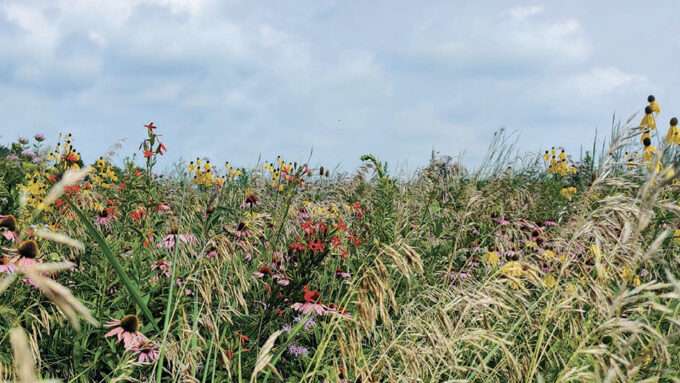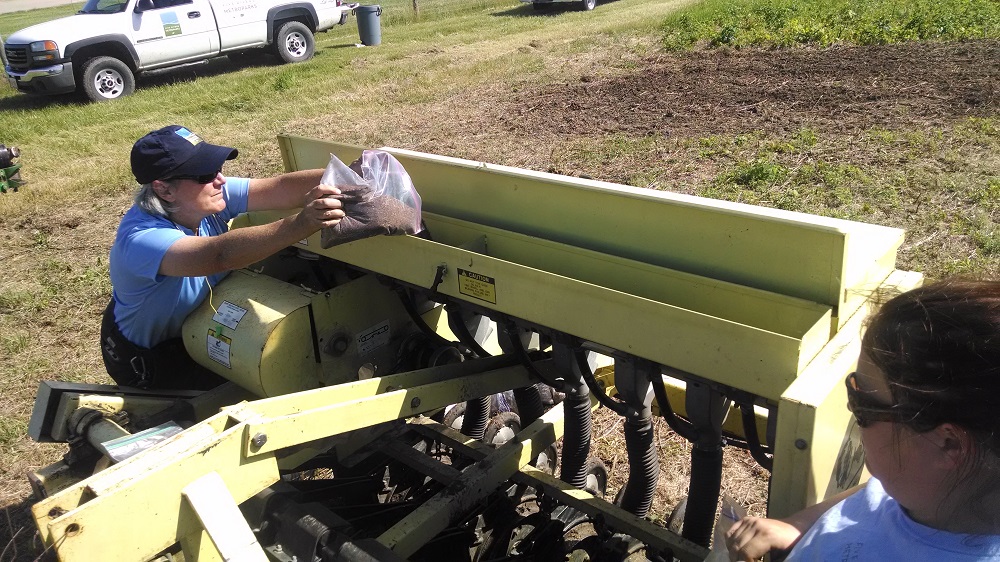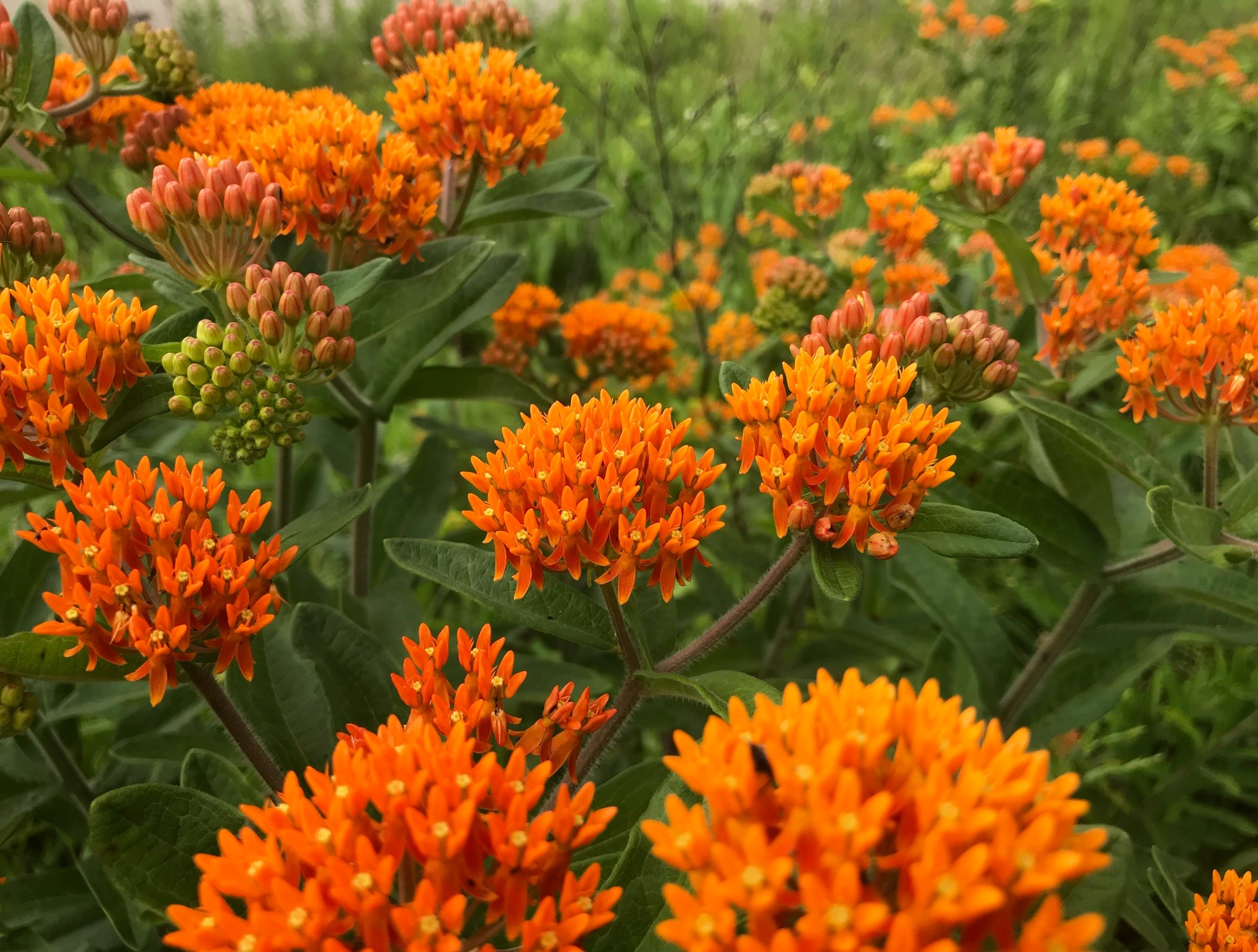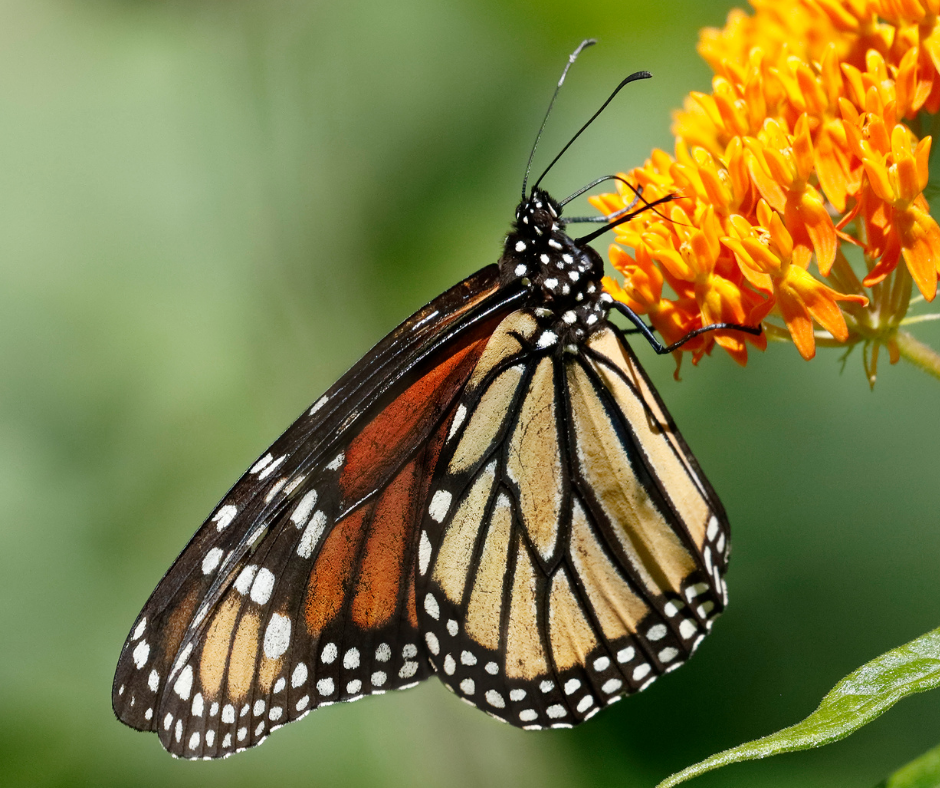Published May 27, 2022
Growing and Restoring Starts at the MetroParks Seed Nursery
Heads up! This article was published 2 years ago.
In summer, Five Rivers MetroParks’ many prairies are bustling with pollinators and boast beautiful foliage and color. From tall grasses to waves of wildflowers, prairies are one of the most impressive habitats to visit.
Even more impressive, perhaps, is the potential of just one seed for the restoration of an entire habitat. MetroParks’ seed nursery has helped grow native plants to restore habitats on the land MetroParks manages since 1998. Recent upgrades to the seed nursery have given it the potential to make an even more significant impact on MetroParks’ conservation efforts.
The story of the Five Rivers MetroParks seed nursery starts in an unexpected place: Ohio’s highways. The Ohio Department of Transportation (ODOT) needed a beautification solution that was more practical than planting flowers and plants along the highway, where they didn’t thrive.
In 1988, Five Rivers MetroParks partnered with ODOT to create the seed nursery as a way to collect native seeds to plant along Ohio’s highways and in Five Rivers MetroParks. With a five-year grant from ODOT, MetroParks was able to buy equipment and hire a staff person to run the seed nursery, located at Germantown MetroPark.
Eventually, MetroParks took over operation of the facility. In 2021, and after nearly 40 years of operation, the facility was in dire need of upgrades that would help with storage, seed production and more.
Thanks to generous funding from the CenterPoint Energy Foundation, MetroParks’ parks and conservation team was able to essentially start from scratch.
“The plants that were growing in the seed nursery beds had been displaced by invasive plants,” conservation supervisor Meredith Cobb said. “We spent last summer removing all the invasive species in the seed nursery, since they had taken over everything. Last August, we tilled and prepared 54 beds for various seeds and shrubs.”
Storage also is critical to native plant propagation. Before, staff and volunteers spent many hours collecting prairie seed, which was placed in a small seed room that animals could easily get to for an impromptu snack. Now, the seed nursery is outfitted with stainless steel shelves and restaurant-grade storage containers that protect the collected seed with enough space to organize by plant species.
Because seeds also need be stored in a cool, dry place, a dehumidifier and small air conditioner were added to keep seeds viable until they can be planted.
Cobb is particularly excited about mixing specific types of seeds tailored to the needs of certain habitats. This will now be easier thanks to a new scale that is accurate to less than an ounce. “Our goal is to make our own mixes so we know how many seeds of different species per ounce are needed to fill a certain area,” she said.
MetroParks’ conservation staff started seeds in the winter so they could naturally go through stratification, a process in which seeds spend a few months in a cold, moist environment. Because seeds are darker than the snow, MetroParks’ conservation staff spread seeds over snow-covered beds so they could see seeds were being evenly distributed. The snow around the seeds melts and takes the seeds down to ground level. On warmer days, the soil thaws and expands, covering the seeds with soil.
“Our staff said the beds looked a lot like cinnamon toast when we were done,” Cobb said. The seeds should germinate by June, but many plants won’t create viable seeds until their second or third year, as their roots must grow substantially before they bloom. Indigo, for example, won’t bloom until its third year. Eventually, seeds will be used to restore habitats in Five Rivers MetroParks.
To increase plant diversity in an area, fully grown plants are needed. To produce larger plants, seeds will be taken to the Barbara Cox Center for Sustainable Horticulture, located at Cox Arboretum MetroPark, and grown.
“Increasing habitat for grassland birds and mammals and increasing diversity in already planted prairies is important,” Cobb said. “The more species diversity you have in an area, the more resilient that habitat is to change, such as climate change.”






